
General Idea
Zhongdian was named officially Shangri-La in 2001. Shangri-La is a name that has worked its way into the English language. Synonymous with utopia, the word was first used in 1933, coined by the English author James Hilton in his novel Lost Horizon.
Shangri-La was a fictitious paradise, characterized by towering snow-capped mountains, lush forests, vast gorges and idyllic lakes. The beautiful scenery described by Hilton made the name stick in popular memory and arouses a certain curiosity and mystery whenever it is heard.
With the endless kilometers of backcountry just waiting to be discovered, this region offers unique hiking and horse trekking chances to those who get the chance to make the journey down to northern Yunnan. At an altitude of 3,200m, Shangri-La is the start of the doorstep of Tibet. But today, the town looks one of the China's next adventure hotspots.
A one-day trip to Shangri-La isn't nearly enough, however it can help make one feel like the turmoil and stress of city life has never been farther away.
Geography and Climate

Geography: Many travelers use the county town as a gateway into Tibet, either travelling many days overland by Jeep to Lhasa, or by flying from the city's airport.
Shangri-La Population: Thirteen ethnic groups including Tibetan, Lisu, Han Chinese, Naxi, Yi, Bai and Hui are living in Shangri-la. Different ethnic groups have different lifestyles, costumes, architecture and wedding customs.
Administrative Division: In 1996, the government of Yunnan Province of China set up an investigation group to do a research on the Shangri-la topic. They had a conclusion after a year of hard work. Shangri-la is located Di Qing in Yunnan Province, and the mystery of Shangri-la became known.
Climate & Weather Briefing
Shangri-la is about 3300 meters above sea level and has a plateau humid climate. The climate alters little between the four seasons, but the temperature varies a lot between day and night. The temperature can soar above 30 Celsius on sunny days; however, during the morning and at night, people may feel a wintery chill. So, when tourists visit Shangri-la, they should bring overcoats with them.
Four fantastic seasons in Shangri-la
From April to July you can see the blossoming of more than 160 types of rhododendrons, competing with each other in a sea of brilliant colours, reds, yellows, white, purples of every hue. It is the best period to experience the bio-diversity of the landscape in Shangri-la.
From May to September is the best season to enjoy the colourful meadows in Shangri-la; to appreciate the flower covered mountains and fields and to come in touch with this fairyland shared between humans, animals and nature. As it is said in a Chinese proverb: “…to enjoy the scene of the prairies blown with a gentle wind while watching the cattle and sheep striding...”
From September to October is high season to view Shangri-la when it is painted by golden Autumn; to be intoxicated with the alpine Autumn scenery, in particular the Longflower Stringbush, or alpine red flower in full blossom against the blue sky and drifting white clouds, knitting a fabulous Autumn scene.
From November to the following April is Winter season, but Shangri-la varies from place to place abounding with natural change; the Mingyong Glacier winds its way high and low, Kawagebo Peak glitters against the dawn light, primeval forests wears a plain silver outfit, the prairies turn silver white, easily leading one into a meditation of the world described in the Winter’s Fairy Tale.
Climate Data Table for Shangri-la
Month Item | Jan | Feb | Mar | Apr | May | Jun | Jul | Aug | Sep | Oct | Nov | Dec |
maximum | 16.8 | 17.8 | 20.4 | 23.4 | 26.2 | 25.6 | 26.6 | 25.7 | 24.2 | 22.3 | 19.1 | 16.7 |
minimum | 3.4 | 5.1 | 7.8 | 10.7 | 13.8 | 17.2 | 17.6 | 16.5 | 15.6 | 12.1 | 7.6 | 3.7 |
Rainfall (mm) | 20.8 | 28.1 | 42.1 | 25.4 | 61.9 | 164.9 | 185.8 | 209.1 | 168.6 | 96.8 | 41.2 | 11.1 |
Days of rainfall | 0.7 | 0.9 | 1.3 | 0.8 | 2.1 | 2.8 | 7.1 | 6.6 | 5.8 | 3.2 | 1.3 | 0.3 |
History
Shangri-la, original named Zhongdian County, was said to be the appanage of Tibet King’s three suns. Shangri-la is Diqing Tibetan language, meaning “sun and moon in heart”. In 1993, James Hilton’s novel-Lost Horizon, describes the peaceful and beautiful land-Shangri-la.
Shangri-la History
Diqing has long history. Wexi Lisu Autonomous County’s Gordon Neolithic sites proves that as early as six or seven thousand years ago, there was human lives and breeds in Diqing.
About two or three thousands years ago, Tubo ancestors had been here and created distinctive aboriginal culture.
In Qin Dynasty, Tibetan Empire’s ruling power had extended to Diqing already.
In Han Dynasty, Shangri-la was the land of Yark Qiang.
In the Three Kingdoms Period, it belonged to Yunnan.
In South and North Dynasties, it belonged to Dangxian Tribe.
During Sui Dynasty, it was under the administration of Nanningzhou Main Office.
In Tang Dynasty China, it was the land of Shenzhou of Tibetan Empire.
In Song Dynasty, it was in Dali Kingdom.
In Yuan Dynasty, it was name “Da Dan Dang”, and in 1293, it belonged to Luxuanweisi Government.
After the middle of the Ming Dynasty, it belonged to Lijiang Military and Civilian Government.
During Qing Dynasty, Shangri-la was gave to Dalai Lama by Wu Sangui, and In 1726, it was put under LIjiang Government.
In Apirl, 1913, Zhongdiang Ting was renamed to Zhongdian County
On May 10, 1950, Zhongdian was liberated and put under Lijiang Prefecture.
On Sep. 13, 1957, Diqing Tibetan Autonomous Prefecture was officially established.
On Dec. 17, 2001, Zhongdian County renamed as Shangri-la County.
Places of Interest
- Contact Us
-
Tel:
0086-571-88165708
0086-571-88165512E-mail:
admission@cuecc.com
- About Us
- Who We Are What we do Why CUECC How to Apply
- Address
- Study in China TESOL in China
Hangzhou Jiaoyu Science and Technology Co.LTD.
Copyright 2003-2024, All rights reserved





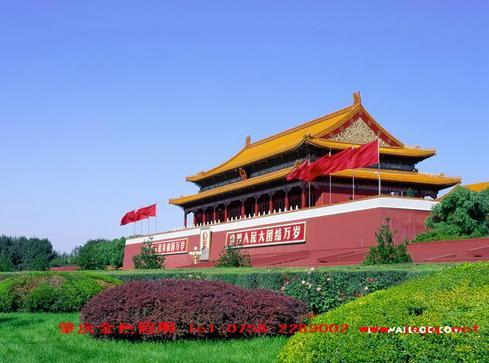
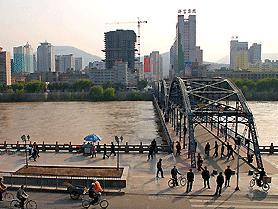
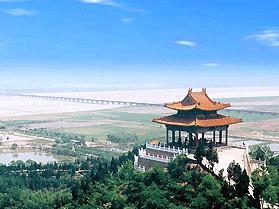
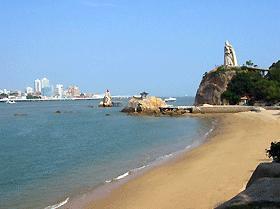
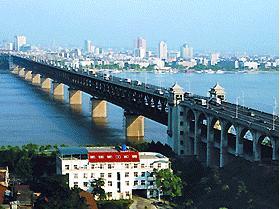
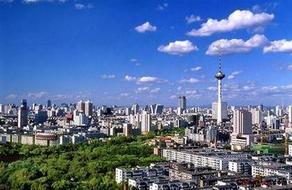
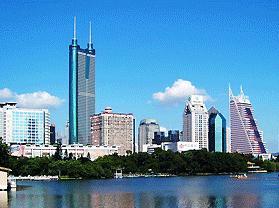

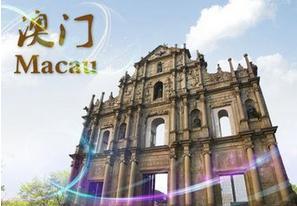




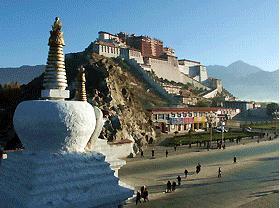
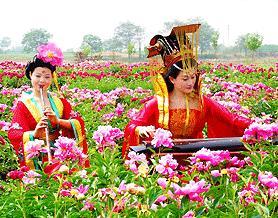
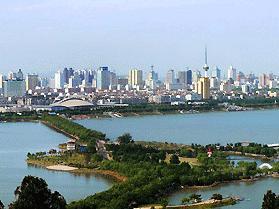
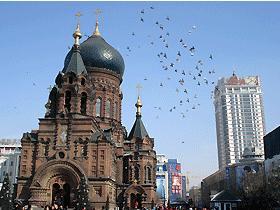
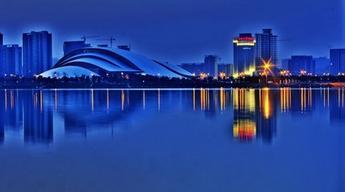
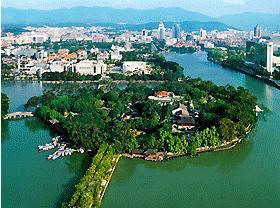

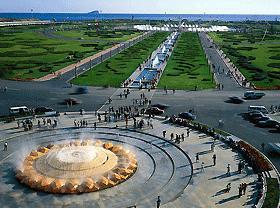
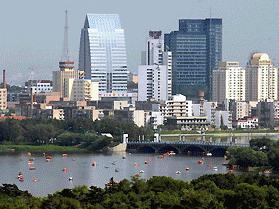
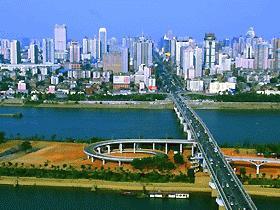
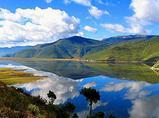
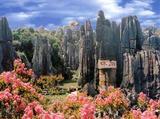


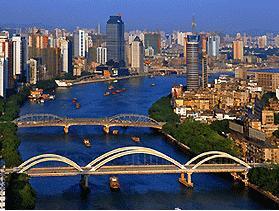
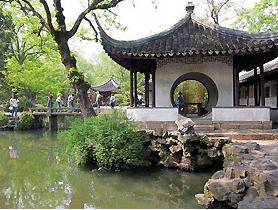
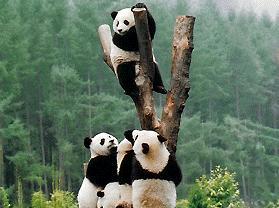
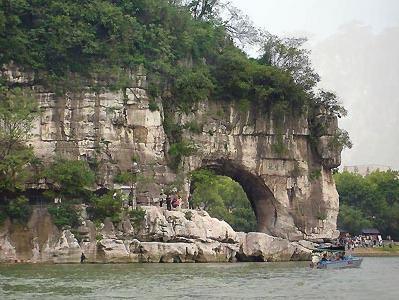

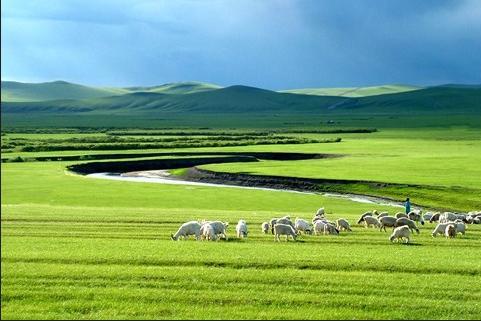

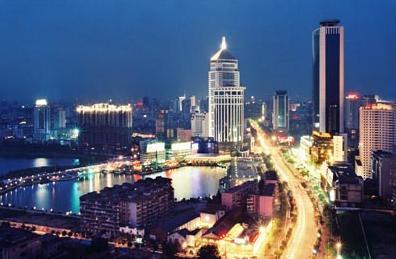
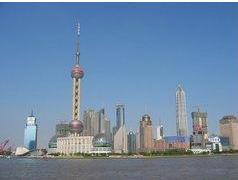



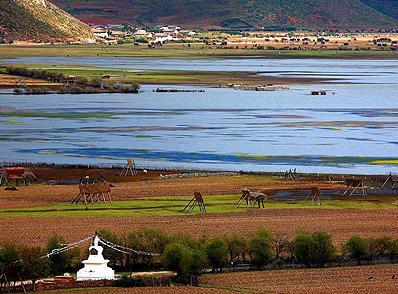

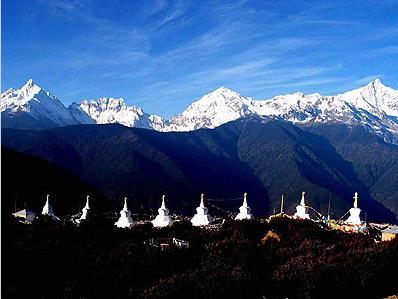
 Chinese
Chinese
 English
English
 Korean
Korean
 Japanese
Japanese
 French
French
 Russian
Russian
 Vietnamese
Vietnamese
